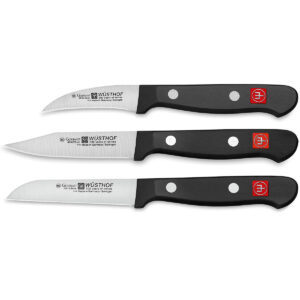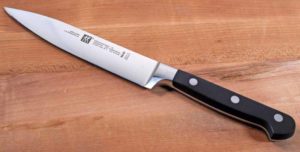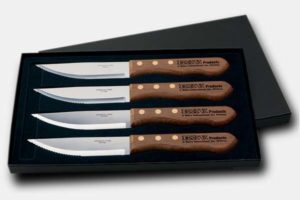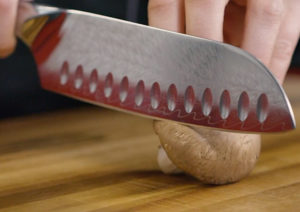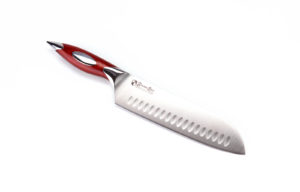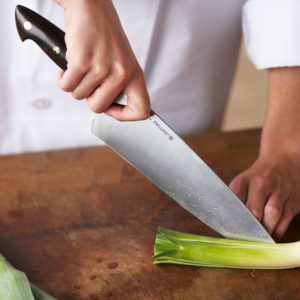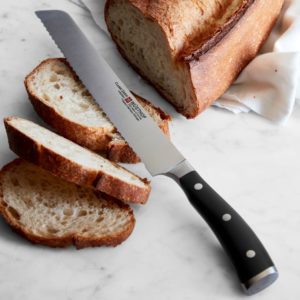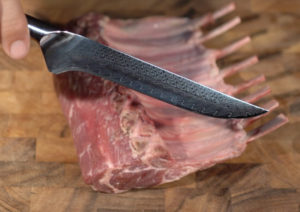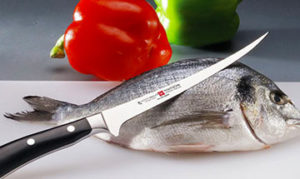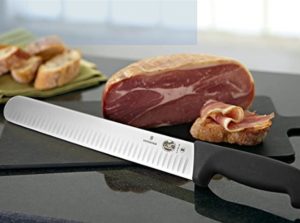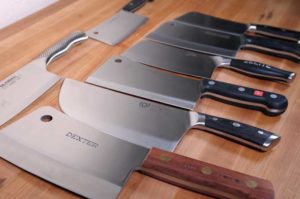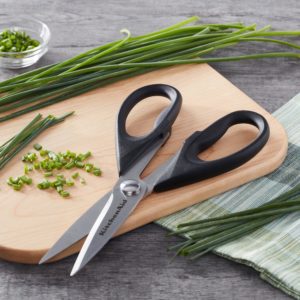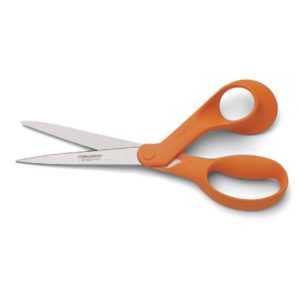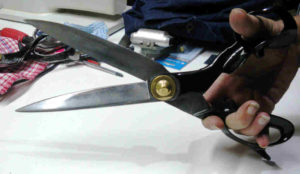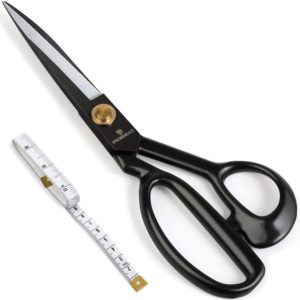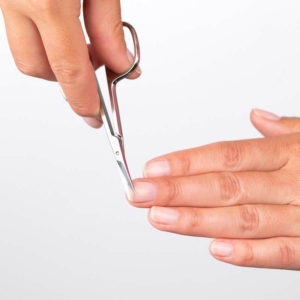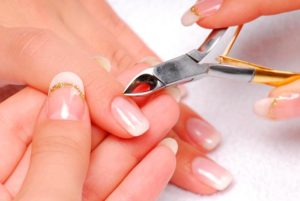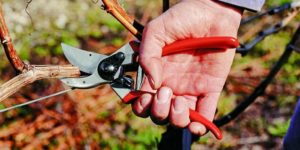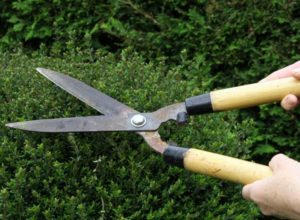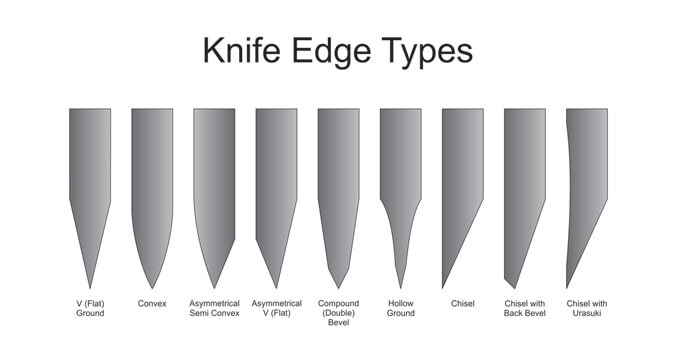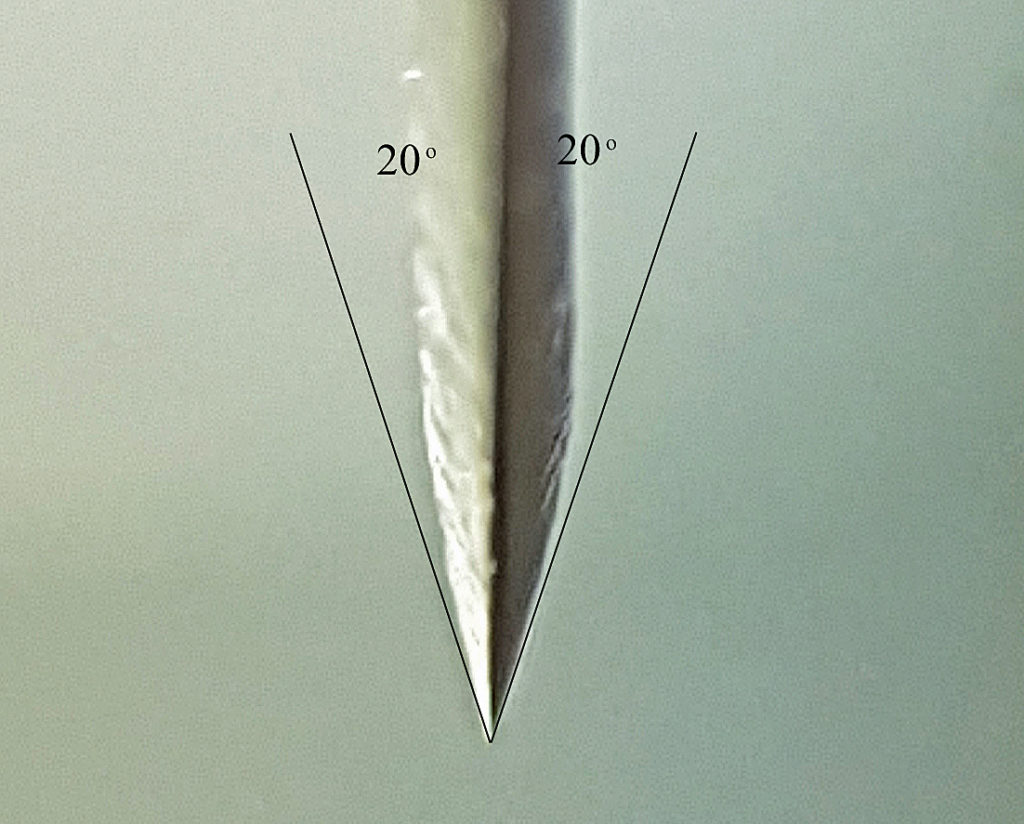Store Location
Hem Over Heels
10833 S.Jog Rd., # 188
Boynton Beach, FL
33437
- NW corner of Woolbright and Jog Rd
- In the Shoppes at Woolbright, we are located between the Cleaners & the Liquor stores. If you are familiar with Mimosa Cafe, we are 4 doors to their left.
- If you drive around looking for us, you may easily miss us because we are in a curve. You may miss us because around our location you need to keep your eyes on the road. That’s why many people can’t find us at first. Look for door # 188.
Phone
(561) 739-6000
Store Hours
Regular Business Hours
Mondays: 9 to 7
Tuesdays: 9 to 4
Wednesdays: 9 to 4
Thursdays: 9 to 4
Fridays: 9 to 7
Saturdays: 9 to 4
Sundays: Closed
Seamstress Time Off
Lena: Main Seamstress
- Nothing to report at this time
Cida: Second Main Seamstress
- Nothing to report at this time

